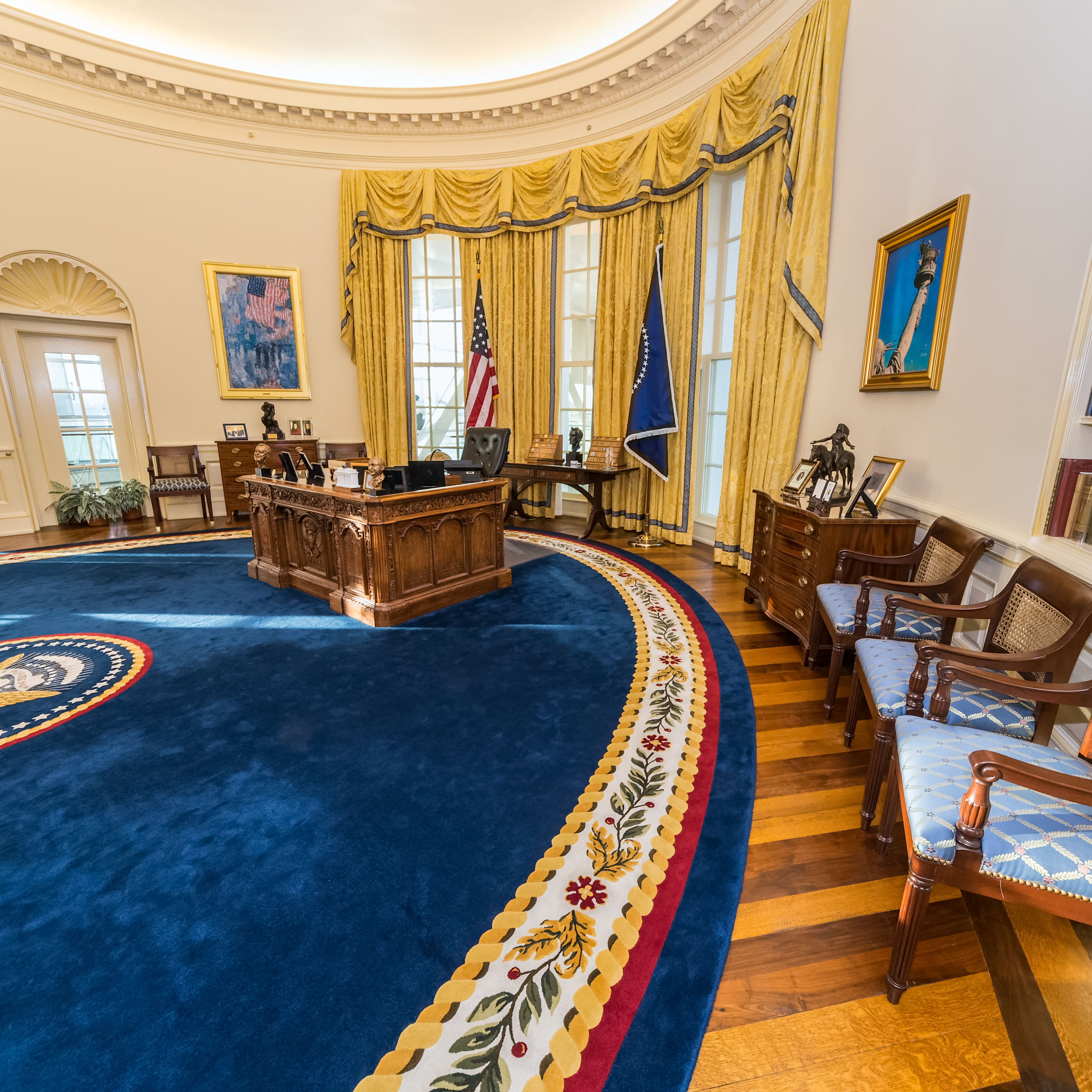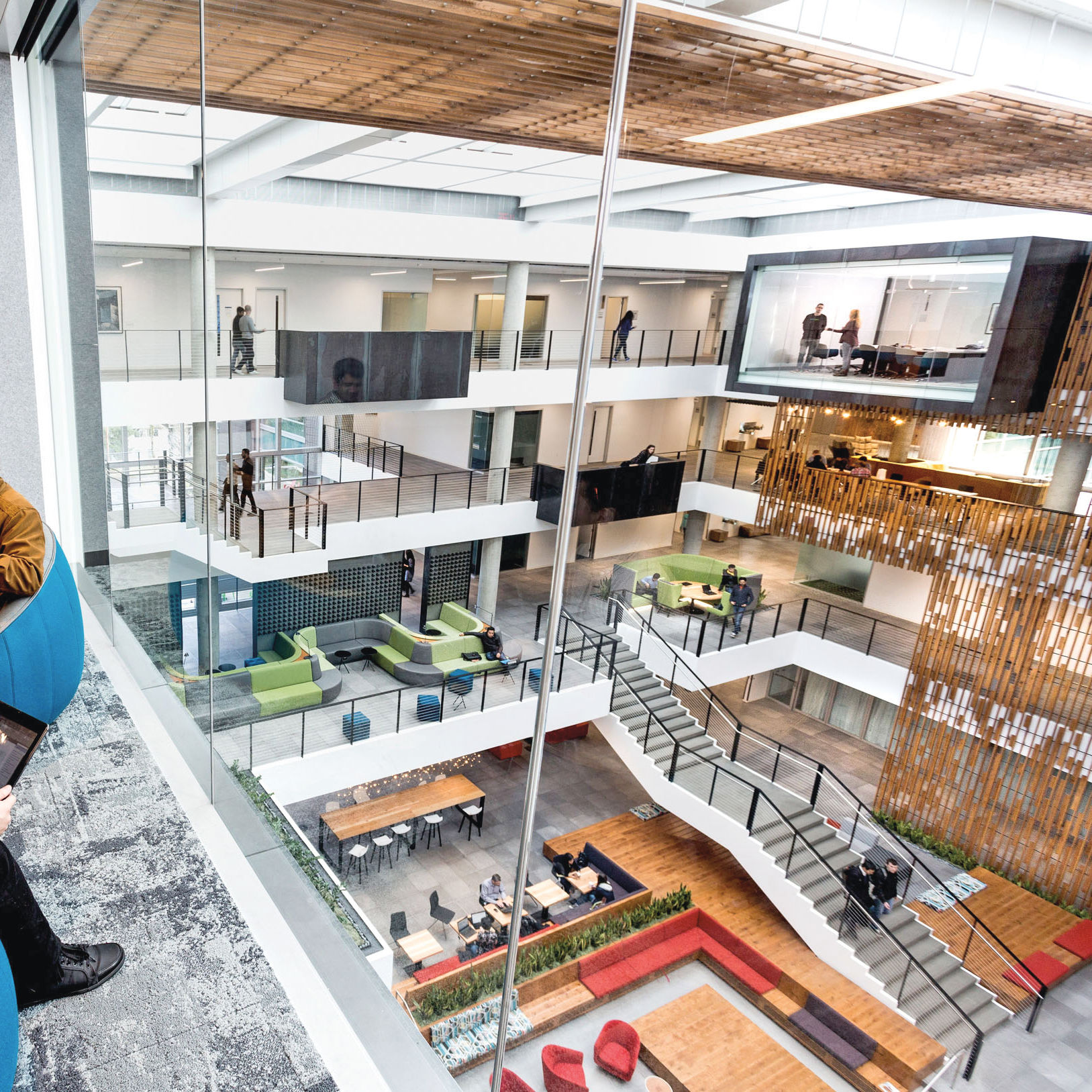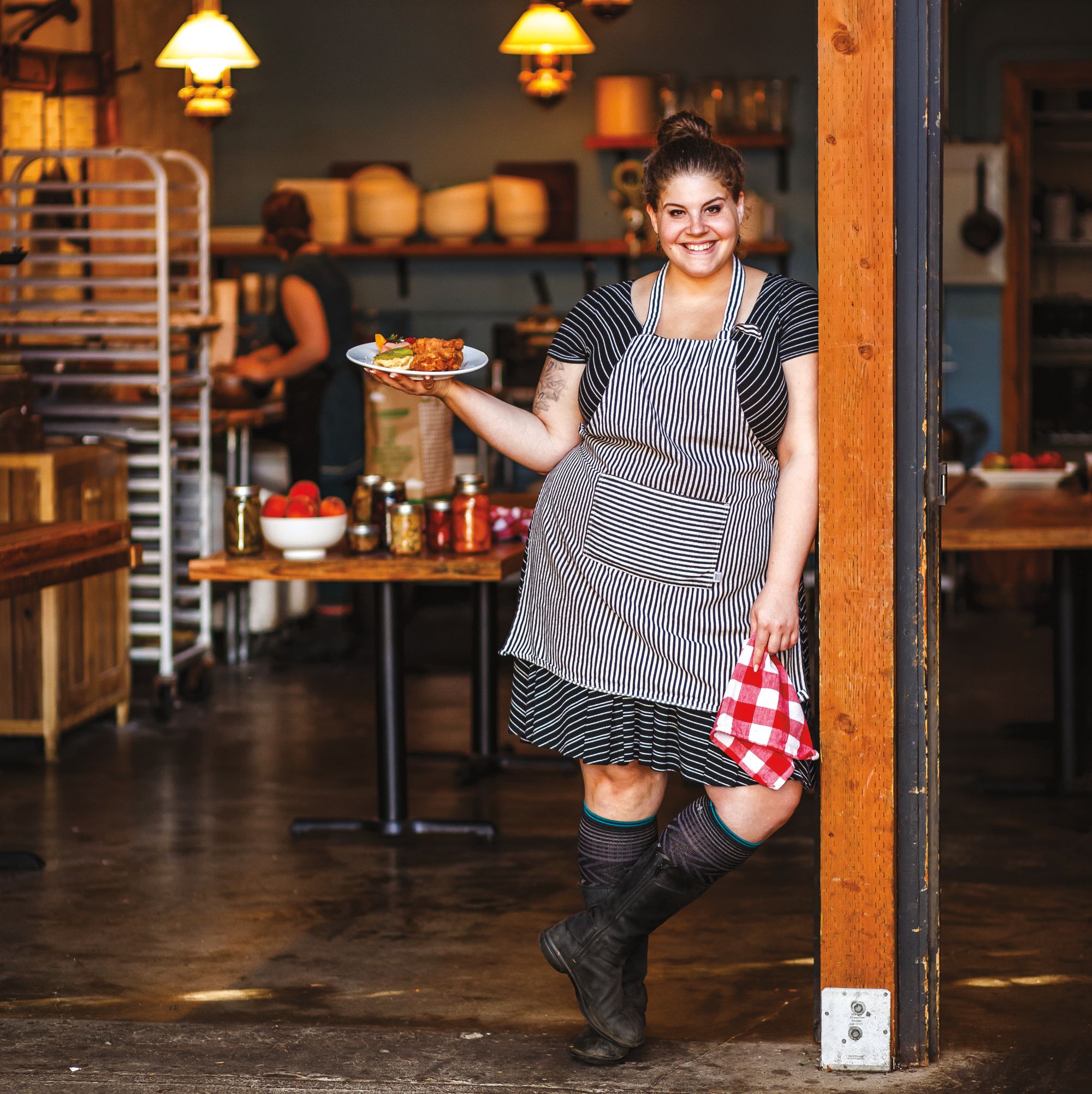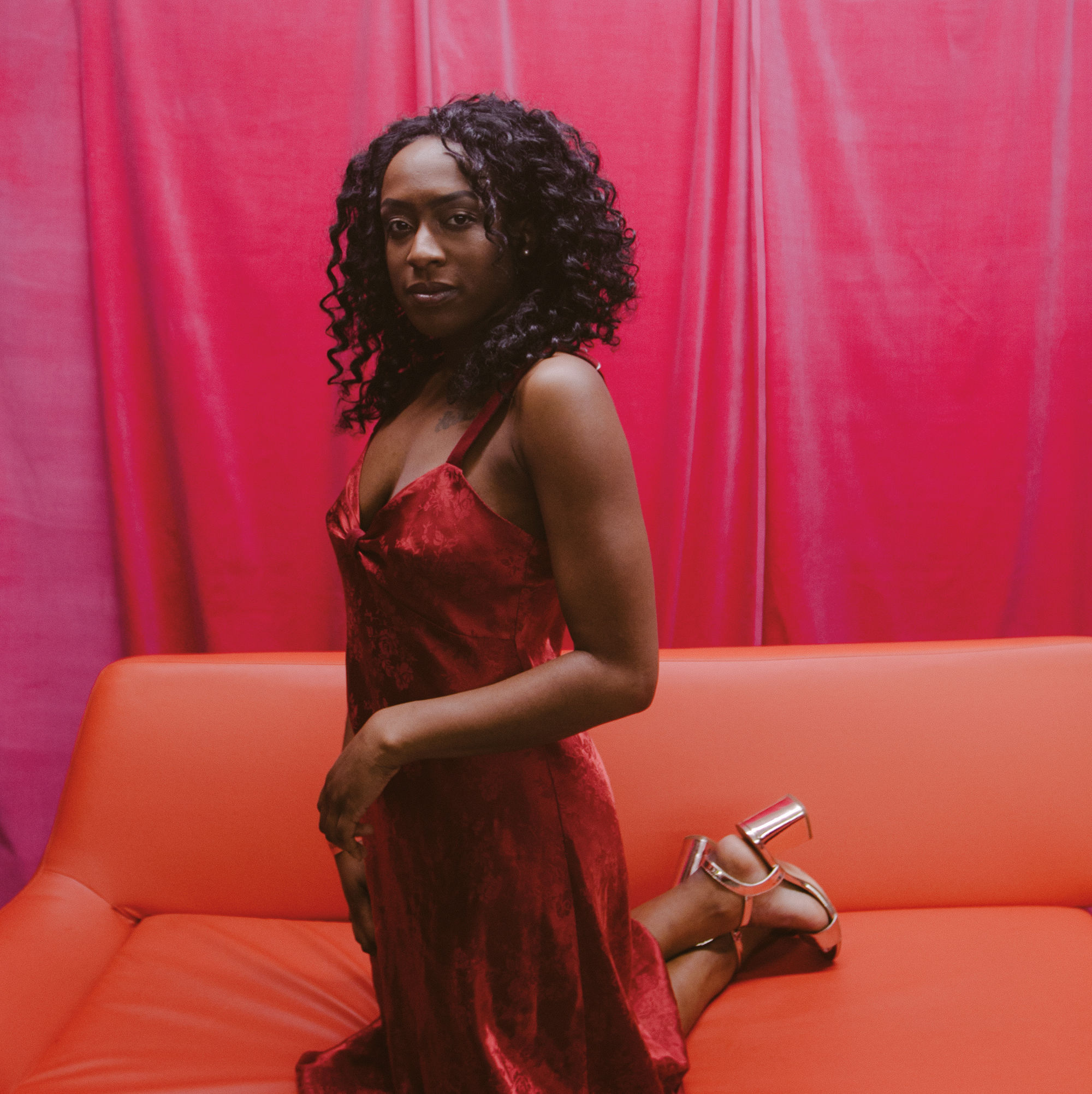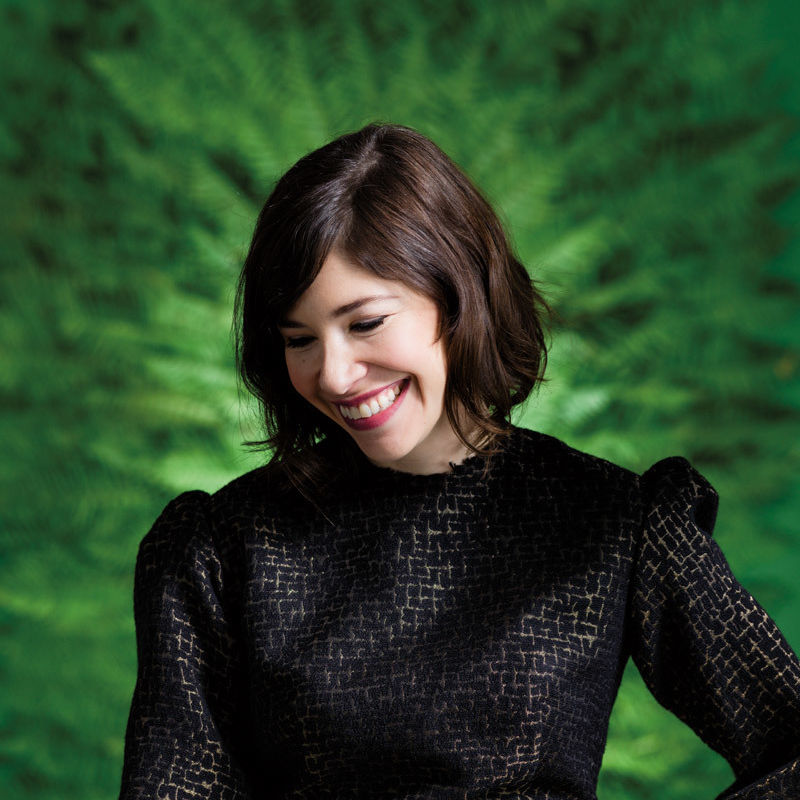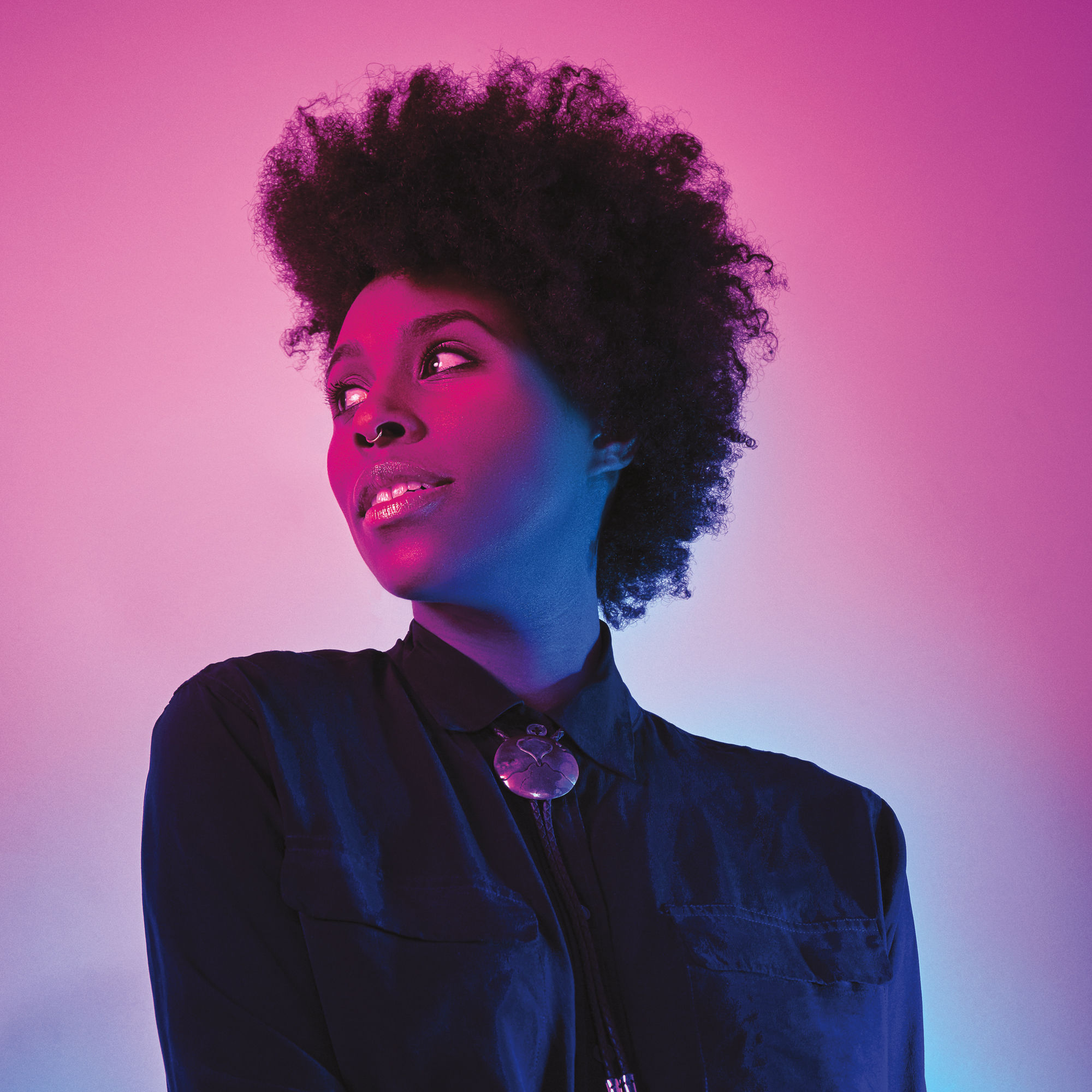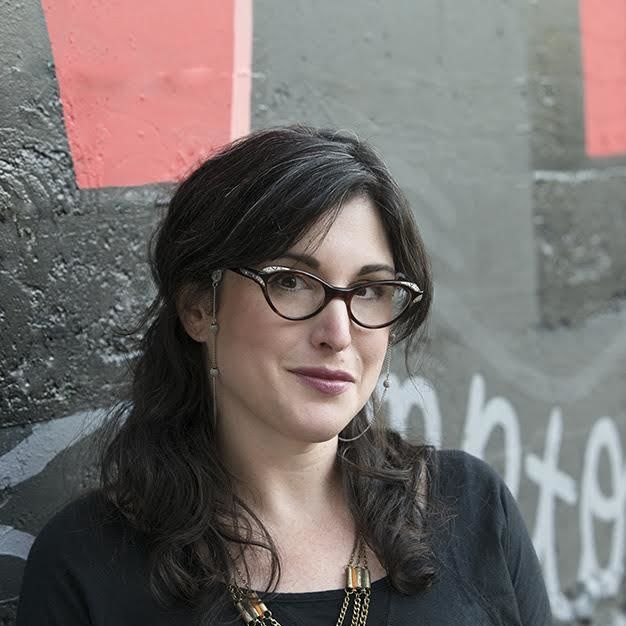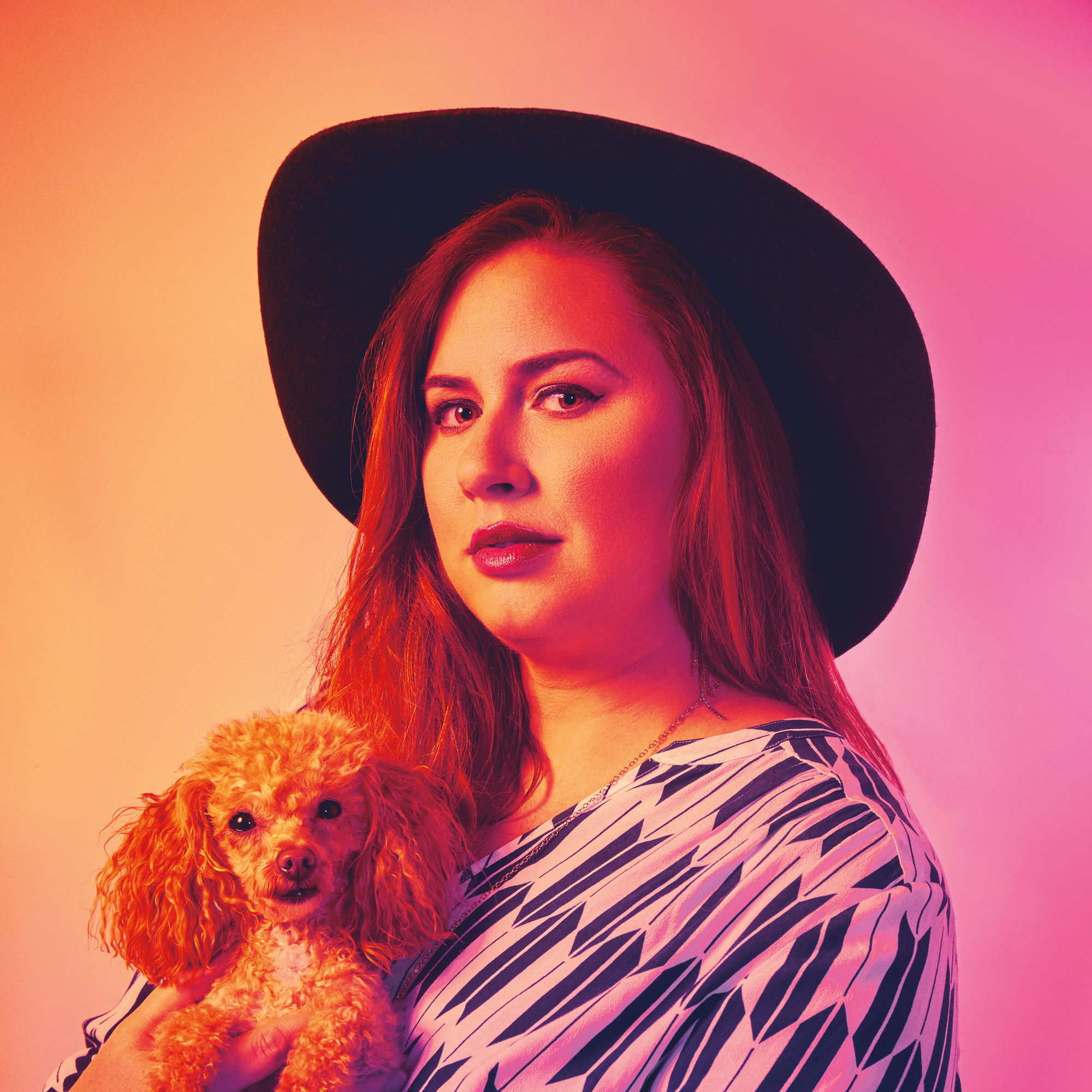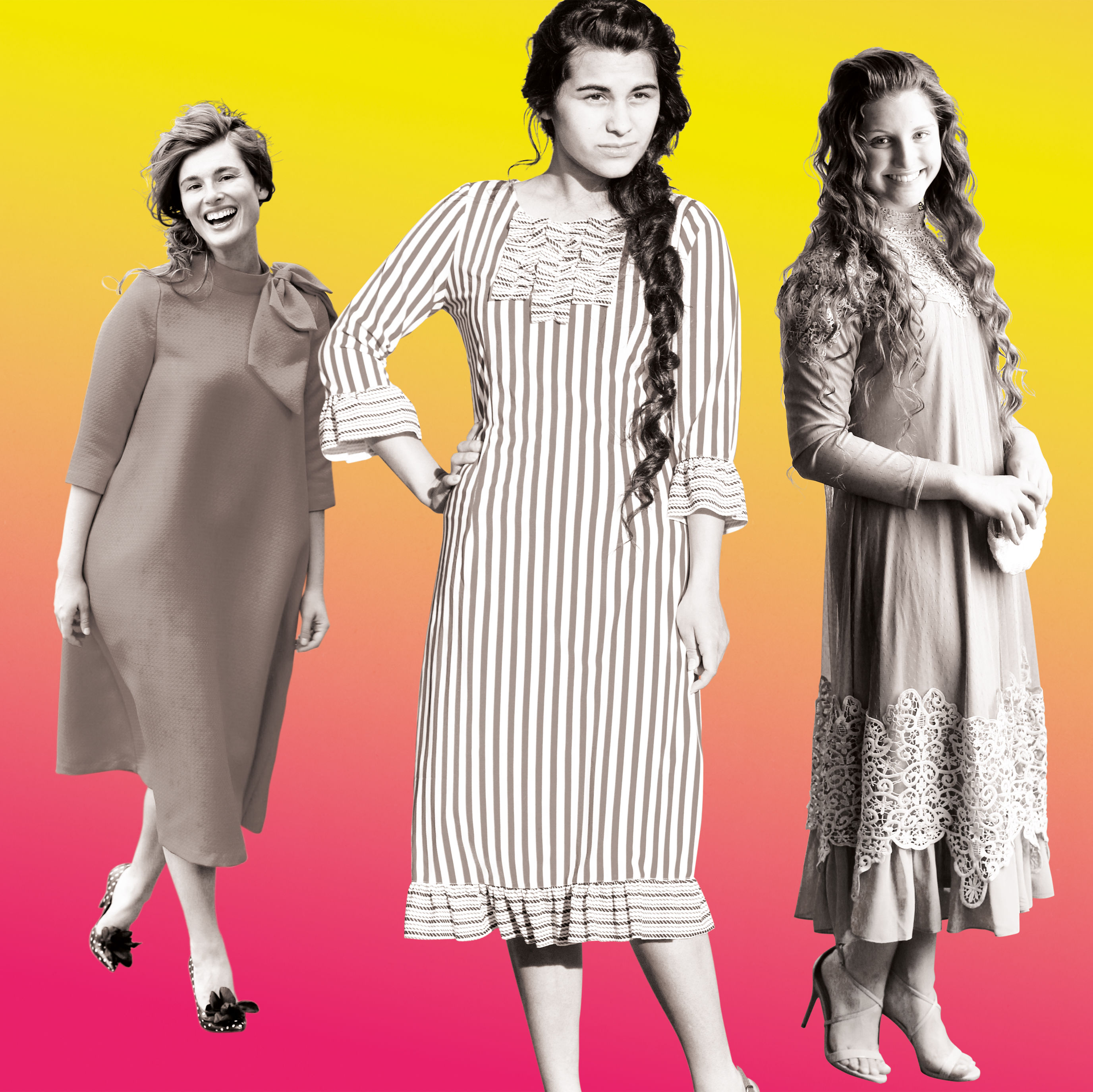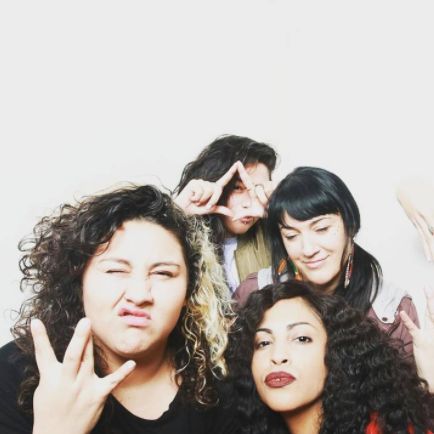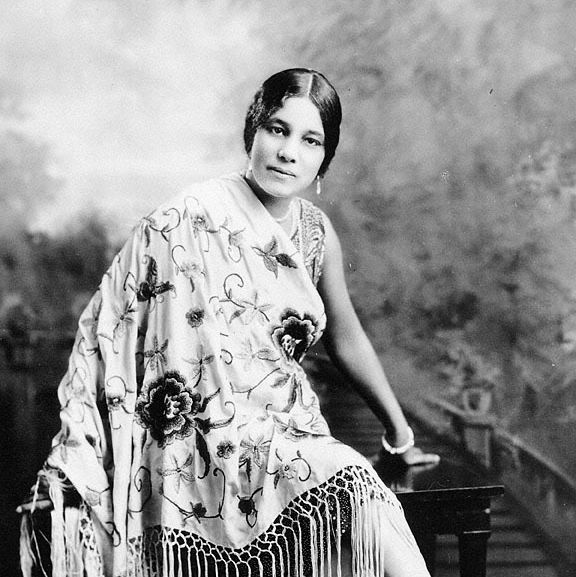Oregon Is a Bastion of Lady Political Power—and Is Challenging the DC Frat House
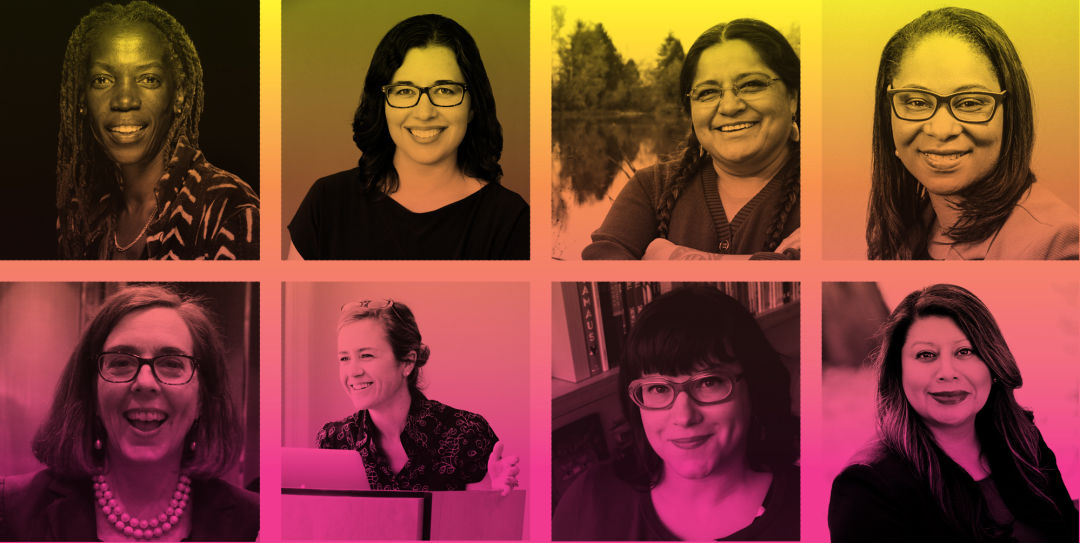
Top row (from left): Jo Ann Hardesty, Andrea Paluso, Tawna Sanchez, Janelle Bynum
Bottom row (from left): Kate Brown, Jillian Schoene, Chloe Eudaly, Teresa Alonso Leon
Right now, five women serve as governors in the United States. Let that sink in: five out of 50, a paltry 10 percent. But one of those women—get ready to pat your own back—is Oregon’s Gov. Kate Brown.
As one of just two female Democratic governors, Brown finds herself a newly minted “shero” to the American left—a petite, progressive antidote to the raging testosterone of President Donald J. Trump. (You may remember that the president toasted US governors and their “wives” at a February dinner.) Dubbed “America’s radical feminist governor” by the New Yorker in a flattering recent profile, Brown has lots of female company atop Oregon’s power structures.
From the State House to Portland City Hall, female politicians and power brokers are turning Oregon into a West Coast foil to a DC landscape roamed by self-styled alpha males.
Brown loves her pantsuit posse. “By having a diversity of voices at the leadership table,” she says, “the public policy we make is more reflective and more respectful.”
Oregon’s recent adoption of mandatory paid sick days, higher minimum wages, and measures to promote affordable housing are tied to the fact voters have sent more women to Salem, says Jillian Schoene, executive director of Emerge Oregon, which trains Democratic women to run for office. “Women are very important to moving a progressive agenda forward.”
Oregon’s motto, “She flies with her own wings,” suits the state’s evolving face of politics. Let's take a look at the seats of power for Gov. Kate Brown and her wingwomen.
Mahonia Hall
Kate Brown, the first openly bisexual person elected as a US governor, is only the second woman to win our top office in more than 150 years of statehood. The first was Barbara Roberts who served one term in the 1990s before a swashbuckling former state senator stepped in. His name? John Kitzhaber, the four-time Democratic governor whose resignation in 2015 (due to a corruption scandal) ushered in the Brown era.
The Executive
Few women have served in the state’s executive branch as secretary of state, treasurer, attorney general, or labor commissioner, but that’s changing. Brown was secretary of state when Kitzhaber’s resignation lifted her to the governor’s office. When she appointed Jeanne Atkins to replace her, Oregon temporarily had a record three women in its five-person executive branch: Brown, Atkins, and Attorney General Ellen Rosenblum. Rosenblum, who won office in 2012, is Oregon’s first female AG.
I was honored to meet with @CecileRichards and chat about Oregon's leadership in access to women's healthcare! pic.twitter.com/AdfEg2f9Qa
— Ellen Rosenblum (@EllenRosenblum) September 15, 2016
The Oregon Legislature
Across the country, only about one in four state legislators is a woman, according to the National Conference of State Legislatures. In Oregon, a full third check the “F” box. Most prominent: House Speaker Tina Kotek, one of just six current female speakers in the country. The North Portland Democrat is also the US’s first openly lesbian leader of any state legislative chamber. With Kotek at the top is Jennifer Williamson of Northwest Portland, the House majority leader.
As the 1st lesbian to lead any state House in our nation, I've personally witnessed the progress toward equality for the LGBTQ community.
— Tina Kotek (@TinaKotek) October 7, 2016
As a percentage of overall seats, the House has more women than the Senate. But key leadership positions in the Senate are held by women, including Laurie Monnes Anderson of Gresham, who serves as president pro tem, the chamber’s second-highest position, and Ginny Burdick of Portland, the Senate’s Democratic majority leader.
Despite Trump's administration, Oregon will continue promoting values of inclusivity, equal opportunity and justice. https://t.co/PXlatMSuTn
— Sen. Ginny Burdick (@SenBurdick) February 2, 2017
Lady power in the legislature is still largely white. But that’s changing, too, with the election in 2016 of Rep. Tawna Sanchez (D-Portland), the state’s second Native American legislator, Rep. Teresa Alonso Leon (D-Woodburn), Oregon’s first Latina immigrant lawmaker, and Rep. Janelle Bynum (D-Clackamas), currently the only African American member of the House. Kotek says Oregon’s record of electing more women than the US average is no coincidence.
“Those of us who’ve been in office have worked hard to recruit and mentor women,” she says.
Portland City Hall
The upset victory of Chloe Eudaly over incumbent Steve Novick last November made Eudaly only the eighth woman ever to serve as a Portland city commissioner. No woman of color has ever been elected to Portland City Hall, which is one reason Commissioner Amanda Fritz (no. 7) successfully pushed to resurrect publicly financed city council campaigns for the 2020 elections. “At some point we have to acknowledge this historic exclusion of women and people of color,” said Eudaly, “and take a hard look at how we overcome that.”
You're not imagining it: the rent is too damn high! PDX's rise 6th fastest in nation = 150K+ cost-burdened renters http://t.co/daQyI0mXh5
— Chloe Eudaly (@ChloeEudaly) August 18, 2015
Multnomah County
Commission meetings at Multnomah County offer a stark contrast to Portland City Hall. Led by Chair Deborah Kafoury, the commission is all-female, thanks at least in part to the fact that commissioners run in small districts and don’t have to raise as much money as candidates for citywide posts. And for the first time ever, a majority of the five members are women of color.
“We are a bright spot of hope in our country right now,” Kafoury says. Proving that the moment doesn’t belong entirely to Democrats, newly elected Commissioner Lori Stegmann, of Gresham, is a Republican. (The commission is officially nonpartisan.) Adopted from Korea, Stegmann is also the first Asian member of the county commission.
"I have been working hard the past two months so that I can hit the ground running."
— Lori Stegmann (@LoriStegmann) January 5, 2017
-Commissioner Lori Stegmann pic.twitter.com/cIfOX2hAs2
The Suburbs
Lacey Beaty, a military veteran who served in Iraq, won election to the Beaverton city council in 2014, the 13th woman to do so. Now she’s eyeing a run for that city's mayoralty in 2020. She would be the first woman to hold the post—a significant development in Washington County, where five white men constitute the powerful county commission, which closed county health clinics for low-income residents with a series of votes starting in 2013. “We have so much road to make up,” Beaty says. “Leadership takes guts, and women are some of the gutsiest people I know.”
The Backrooms
The roots of Oregon’s female uprising trace back decades (at least) to the 1987 founding of the Women’s Investment Network Political Action Committee, or WINPAC, which helps fund the campaigns of pro-choice Democratic women. More recently, Emerge Oregon formed to increase the pool of female candidates. Led by Jillian Schoene, the group has trained 143 women since 2009, and 64 percent of those who’ve subsequently run for office have won.
There is a great deal of work ahead of us, and I'm ready to roll up my sleeves and get to it @OregonGovBrown #KateBrown
— Jillian Schoene (@Jillian_Schoene) February 18, 2015
The Playgrounds
Andrea Paluso, a member of Emerge Oregon’s second class, got together in 2010 with fellow moms concerned that local elected officials weren’t paying attention to issues that mattered to families (paid parental leave, high cost of child care, etc.). Lobbying in the legislature, where a majority of members were men without primary childcare responsibilities, they didn’t gain a lot of ground at first.
“We were hitting our head against the wall,” Paluso said, “so we needed to take the wall down.” They did that by forming Mother PAC, which supports candidates tuned to issues that affect families. One win? Oregon’s 2015 law requiring paid sick days, an issue Mother PAC picked in 2012 as one of its top priorities.
“It was not really on the map before then,” Paluso says.
We love our radical feminist governor! https://t.co/eSZ95jNQyV
— The Mother PAC (@motherpac) February 4, 2017
The Waiting Room
When Oregon politicos speculate about election matchups, there’s no shortage of women’s names on their lists. Future possible candidates for Portland races include Marissa Madrigal, chief operating officer at Multnomah County, and Carmen Rubio, executive director of Latino Network. Jo Ann Hardesty, a former Dem state legislator from PDX, is sizing up her interest in Portland City Council.
All the honor to The Honorable @joannhardesty reading "Phenomenal Woman" by Maya Angelou at #pdxstorytime #LitCrawlPDX pic.twitter.com/Y3v6l0No9u
— Children's Book Bank (@PDXbookbank) November 5, 2016

